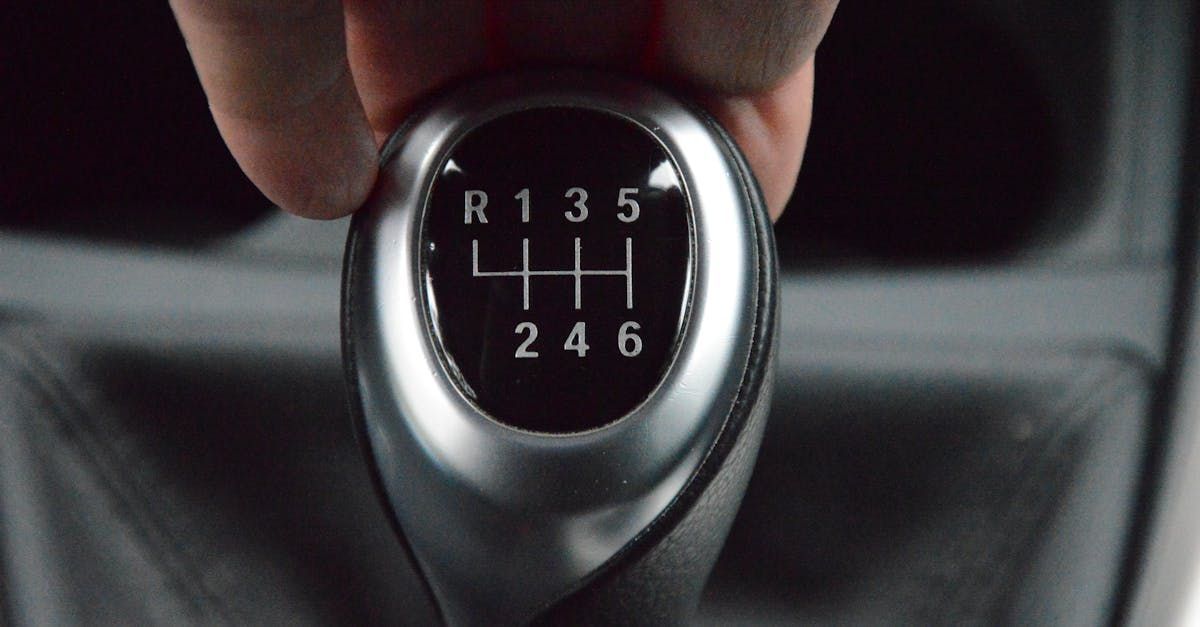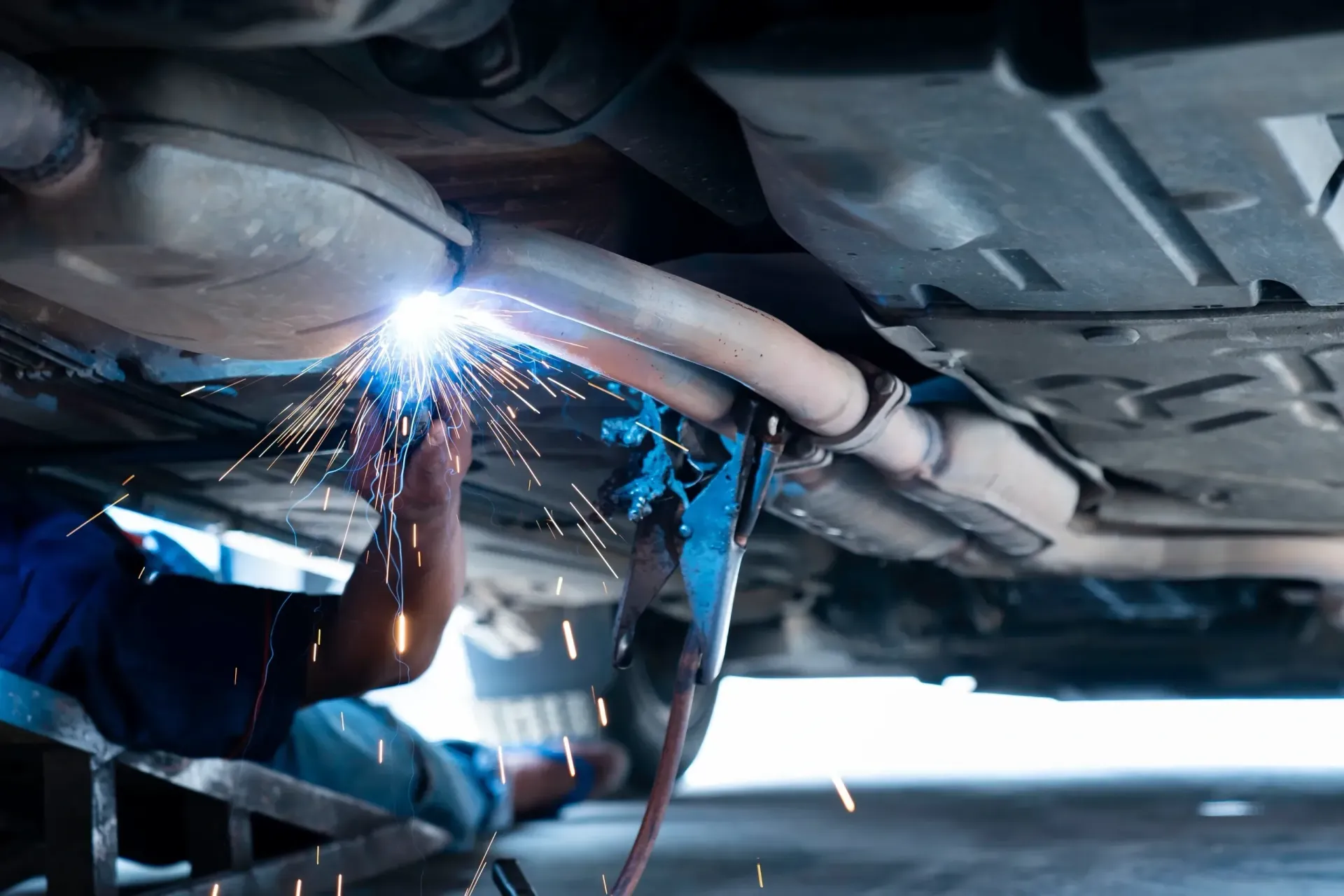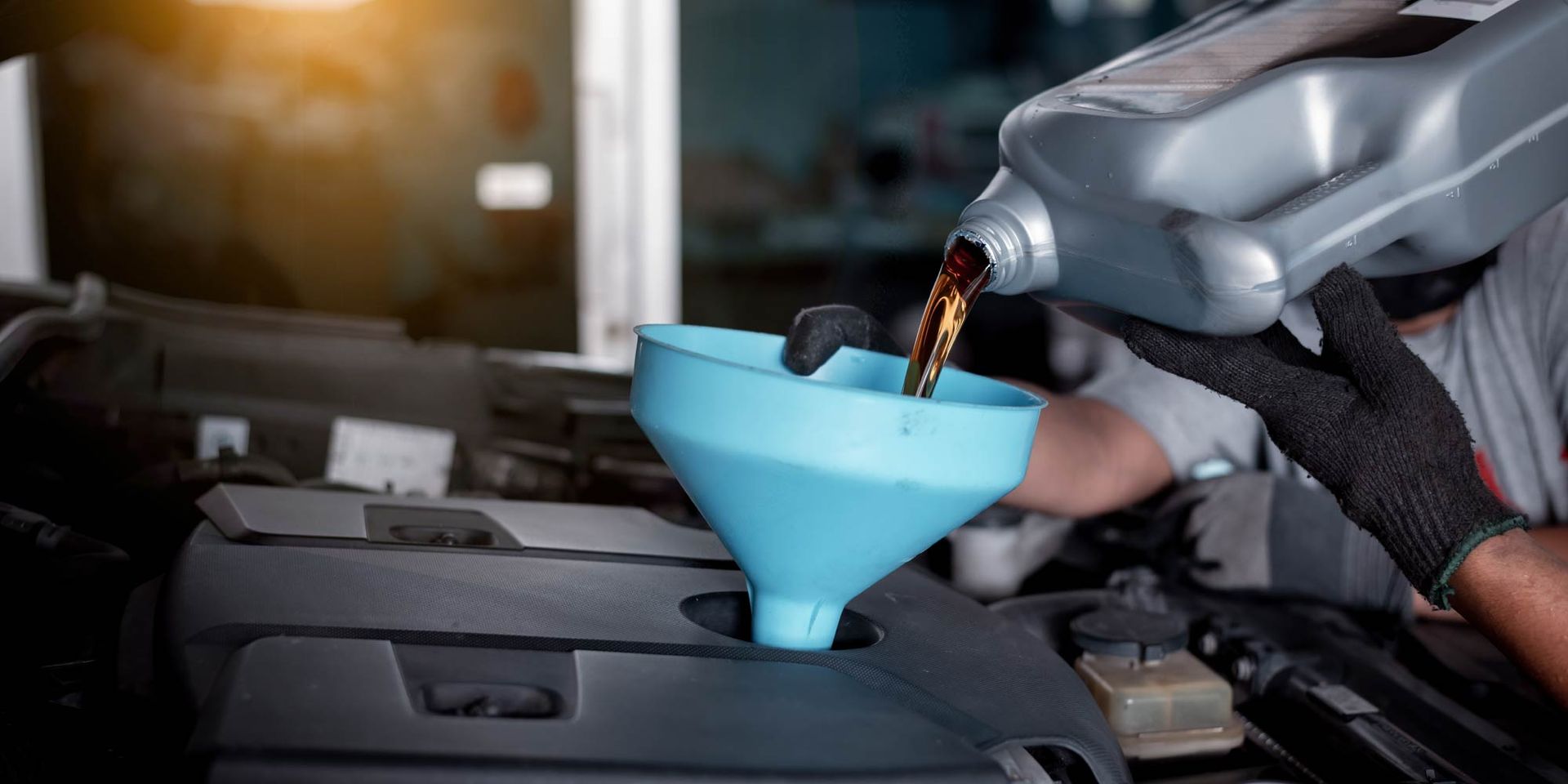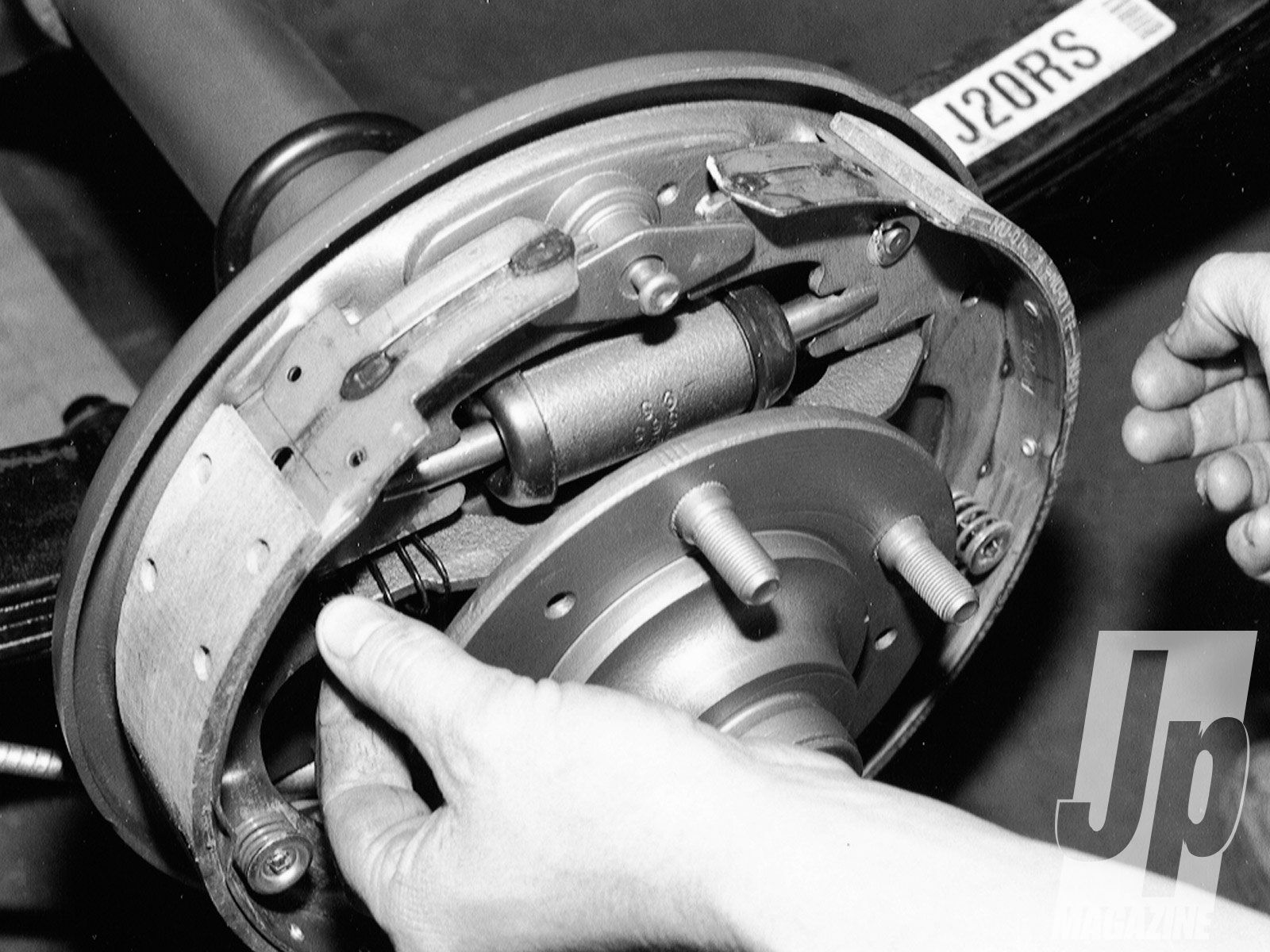We’ve all experienced that sinking feeling when the check engine light flickers on. It's one of those moments where the dashboard suddenly demands your attention, raising questions about your vehicle's health. At Japan Auto Care in Orangevale, CA, we understand how daunting this can be. Our goal is to demystify this common automotive issue, helping you understand what it means and how to address it effectively.
Understanding the Check Engine Light
First things first, let's talk about what the check engine light actually signifies. This light is part of your vehicle's onboard diagnostics (OBD) system. When it illuminates, it’s indicating that your car's computer has detected a problem. However, not all alerts are created equal. Issues can range from minor glitches to serious malfunctions requiring immediate attention.
Common Reasons for the Check Engine Light
1. Loose or Faulty Gas Cap
One of the simplest issues can be a loose or damaged gas cap. This can allow fuel vapors to leak out, reducing fuel efficiency and increasing emissions. Checking and securing your gas cap could turn off the light.
2. Oxygen Sensor Failure
Your vehicle relies on oxygen sensors to monitor the amount of unburned oxygen in the exhaust system. A failing sensor can not only affect engine performance but also damage other components like catalytic converters due to erroneous data being sent to the engine's computer.
3. Catalytic Converter Issues
Problems with the catalytic converter often lead to a lit check engine light. This component reduces harmful emissions and improves fuel efficiency. A failed converter can severely impact engine performance and capabilities.
4. Mass Airflow Sensor Malfunction
The mass airflow sensor tells your car's computer how much air is entering the engine. If it fails, it can lead to poor performance, decreased fuel efficiency, and sometimes increased emissions.
5. Spark Plugs or Wires Issue
Worn-out spark plugs or frayed wires can also light up your dashboard. These components are crucial for starting your engine and maintaining smooth operation. If faulty, they can result in misfires and affect performance.
Why You Shouldn’t Ignore the Check Engine Light
While it might be tempting to ignore the light when your car appears to run fine, this isn’t advisable. Delaying repairs can lead to more significant—and often more expensive—problems down the road. Japan Auto Care in Orangevale, CA recommends addressing the issue promptly to avoid potential damage.
Steps to Take When the Light Comes On
Step 1: Check Your Dashboard
Sometimes the check engine light may be accompanied by other dashboard lights. Identifying these can provide more context to the issue at hand.
Step 2: Tighten the Gas Cap
Given the simplicity of this fix, it’s wise to check your gas cap first. Tighten it, ensuring it clicks into place.
Step 3: Reduce Speed and Load
If the light stays on, reduce your speed and avoid heavy towing until you can reach a safe place or an auto shop.
Step 4: Visit a Professional Mechanic
Ultimately, the most effective route is to have your vehicle checked by a professional. At Japan Auto Care, our skilled technicians use advanced diagnostic tools to assess your car's issues accurately, providing you with transparency and reliable solutions.
The Japan Auto Care Promise
Our team at Japan Auto Care in Orangevale, CA, is committed to ensuring your vehicle runs as it should. We strive to provide thorough inspections and repairs, so your vehicle remains reliable and efficient. Trust us to decode your check engine light concerns and get you back on the road with peace of mind.
Remember, tackling check engine light issues head-on preserves your vehicle's longevity and saves money in the long run. Visit Japan Auto Care in Orangevale, CA, for expert diagnostics and repairs. We're here to help keep your car in tip-top shape. Schedule an appointment with us today!











